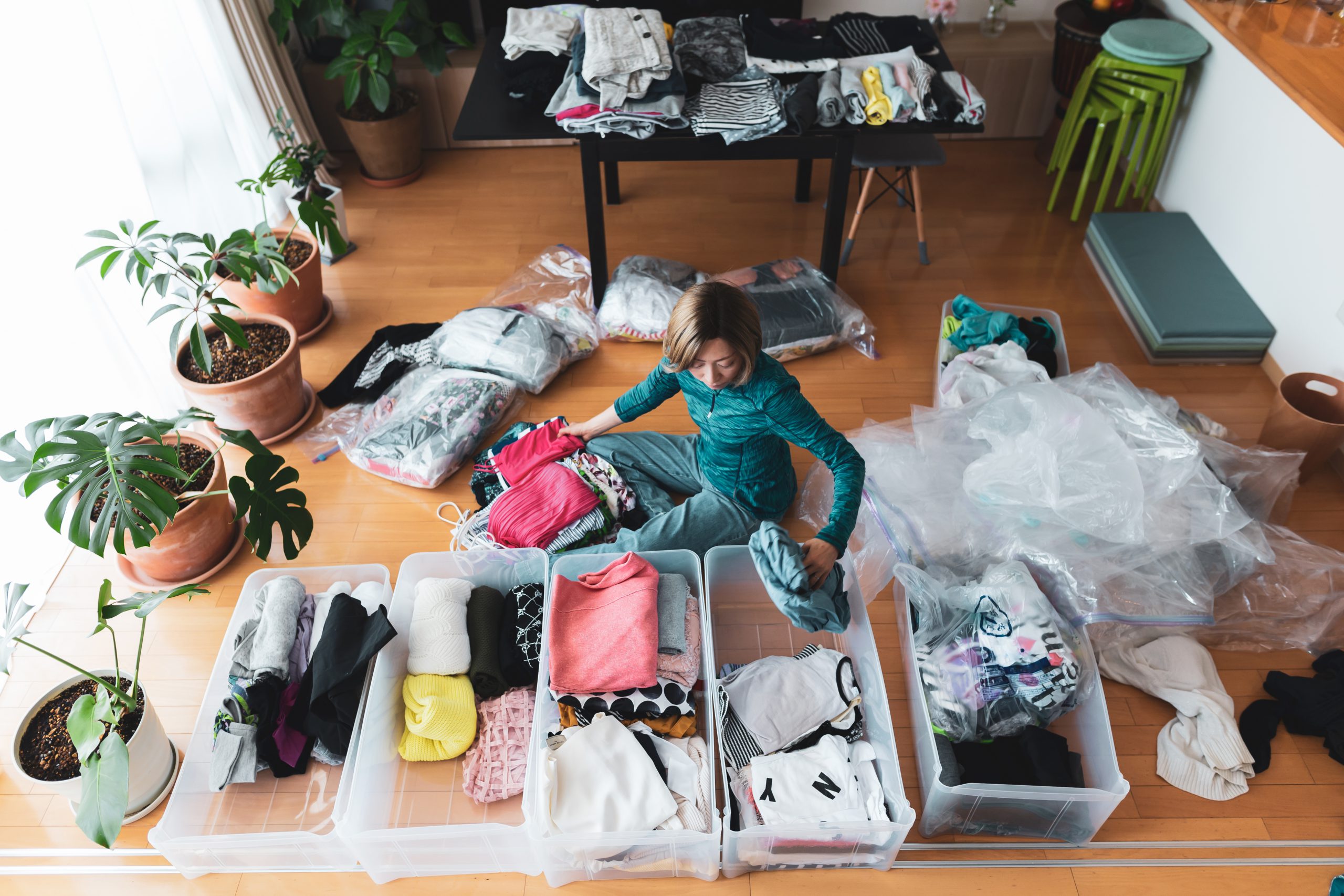
The decision to downsize is usually emotional, demanding you not only say goodbye to the family home that holds so many memories but that you let go of possessions that no longer have a place in your life.
Downsizing remains an important option for those who are approaching semi or full retirement. Once the kids have moved out it’s likely that your large family home will feel hollow and quiet and it’s natural to start thinking about changing your life priorities. This is the “me time” you’ve longed for if you 20 or 30-plus years to raising a family.
While downsizing might signal additional freedom, you should not underestimate its impact. As an experienced local agent, I recommend that my clients who are considering a downsize obtain professional financial advice. You must check that you can live on any anticipated savings from the profit you’ll make when selling your current home, and need some guidance on the price point that you’re looking to buy into.
You should also be clear on how you wish to live in the medium-term. Would you like to escape to the country, enjoy an apartment overlooking a beach or buy a condo in an estate with all the amenities and social benefits they promise?
While it’s fun to do that blue-sky thinking, you’re also going to have to downsize your possessions, which can be difficult and emotional. To help you through that process, here’s a list of tips to help you approach it methodically.
Be methodical
Don’t start a decluttering project by trying to do everything at once. Go one room at a time, or create categories, such as clothes and garden tools. Get the children should clear out their rooms or claim any possessions they cannot live without.
Do you love it?
Only keep belongings you love. Anything that you’re ambivalent about can go or be placed on a short list that you share with the kids or relatives to take. If you don’t hear from them, out it goes.
Sentimental value
Don’t toss out anything that might be of sentimental value to a family member. Allow them to take those items. This will avoid conflict. Don’t keep an item on the assumption it’ll be important to others. Let them make a claim, or it’s gone.
Single science
Unlike Noah, who counted in twos, you need to count in ones. That means one alarm clock, one frying pan, one lemon squeezer – you get the drift.
Gifts and giveaways
Create a pile of belongings you might give to friends, family or colleagues. Toys are always a favorite. Make a second pile that can go to thrift shops or be donated to charity.
.
Tailor-made
Thin out your wardrobe, keeping key pieces that you can mix and match, plus fashion that’s versatile and timeless. Any item off-trend needs to go.
Photo-fit
If there are personal belongings that no longer have a place in your life but you wish to remember them, take photos of them as a keepsake.
Think small
Stop buying XL packs of toilet paper, shampoos and the like. They take up space that you’ll use for greater benefit and as a couple, you won’t go through them as quickly as you used to.
Get digital
Those piles of important papers in dusty drawers need to be cleared out. Don’t be afraid to digitize documents. Key papers like passports, marriage certificates and birth certificates must be kept. Create a folder where you keep these rather than a filing cabinet.
